Home>Gardening & Outdoor>Outdoor Structures>How Often To Waterproof An Awning
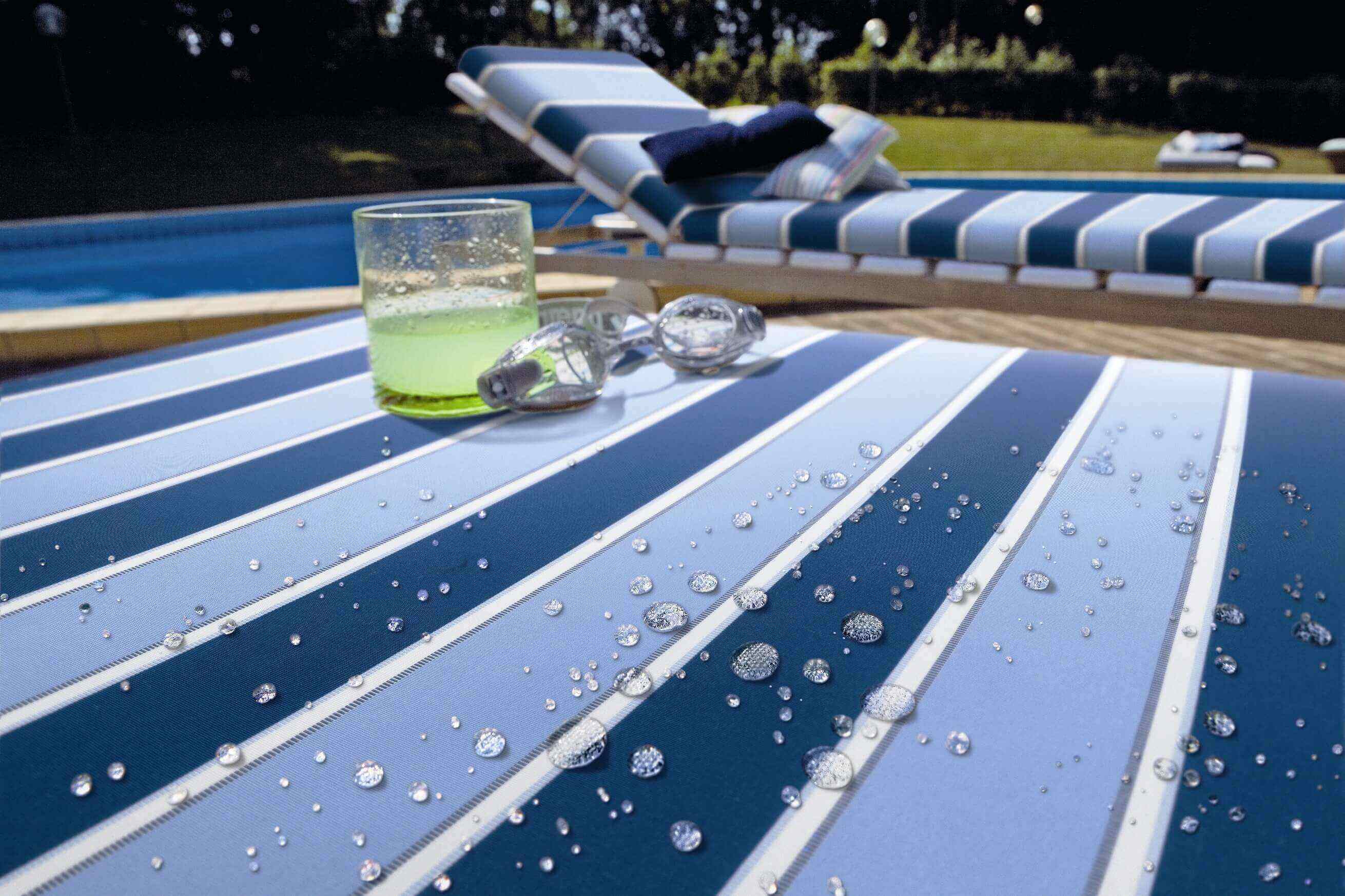

Outdoor Structures
How Often To Waterproof An Awning
Published: January 31, 2024
Learn how often to waterproof your outdoor structures, including awnings, to protect them from the elements and extend their lifespan. Expert tips for maintaining your outdoor living space.
(Many of the links in this article redirect to a specific reviewed product. Your purchase of these products through affiliate links helps to generate commission for Storables.com, at no extra cost. Learn more)
Introduction
Read more: How To Waterproof Balcony
Understanding the Importance of Waterproofing Your Awning
When it comes to enhancing the longevity and performance of your outdoor structure, such as an awning, proper maintenance is key. One crucial aspect of maintenance that is often overlooked is waterproofing. Whether your awning is made of canvas, vinyl, or another material, ensuring that it remains waterproof is essential for preserving its integrity and protecting the area it covers.
In this comprehensive guide, we will delve into the factors that influence the frequency of waterproofing, the telltale signs of waterproofing failure, and the recommended schedule for ensuring that your awning remains effectively waterproofed. By the end of this article, you will have a clear understanding of how often to waterproof your awning to safeguard its durability and functionality.
Waterproofing your awning is not merely a matter of extending its lifespan; it also plays a pivotal role in maintaining the aesthetic appeal of your outdoor space. Additionally, a properly waterproofed awning provides reliable protection against the elements, ensuring that you can continue to enjoy your outdoor area regardless of the weather conditions.
Now, let's explore the various factors that influence the frequency of waterproofing and gain insights into the signs that indicate the need for re-waterproofing. Understanding these aspects will empower you to make informed decisions regarding the maintenance of your awning, ultimately contributing to a more enjoyable and long-lasting outdoor living experience.
Key Takeaways:
- Regularly inspect your awning for signs of water absorption, mold growth, fading, and wear. Address issues promptly to maintain its protective capabilities and visual appeal.
- Re-waterproof your awning biannually using high-quality products. Consider professional maintenance for thorough inspections and specialized treatments to ensure long-lasting protection.
Factors Affecting Waterproofing Frequency
Understanding the Variables that Influence Re-Waterproofing Needs
Several factors come into play when determining how often your awning needs to be re-waterproofed. By taking these variables into account, you can establish a proactive maintenance schedule that aligns with the specific requirements of your awning and the environmental conditions it is exposed to.
Material Type
The type of material your awning is made of significantly impacts the frequency of necessary waterproofing. Canvas awnings, for instance, may require more frequent waterproofing compared to those made of vinyl or aluminum. Understanding the maintenance needs associated with the specific material of your awning is crucial for establishing an effective waterproofing schedule.
Read more: How To Sew An Awning
Exposure to Elements
The extent to which your awning is exposed to the elements plays a pivotal role in determining the frequency of waterproofing. Awnings that endure prolonged exposure to direct sunlight, heavy rainfall, or snow accumulation may require more frequent re-waterproofing to maintain their protective capabilities. Assessing the prevalent weather conditions in your area will help you gauge the impact of environmental exposure on your awning.
Maintenance History
The history of maintenance and previous waterproofing treatments also influences the frequency of re-waterproofing. If your awning has been consistently maintained and re-waterproofed according to a structured schedule, it may require less frequent treatments compared to awnings with a less robust maintenance history. Evaluating the past maintenance efforts will provide valuable insights into the current state of your awning.
Quality of Previous Waterproofing
The quality of the previous waterproofing treatments is a critical factor to consider. If the previous waterproofing application was of high quality and effectively applied, the interval between re-waterproofing sessions may be longer. Conversely, if the previous treatments were subpar or if the awning has undergone significant wear and tear, more frequent re-waterproofing may be necessary to uphold its protective properties.
Overall Condition of the Awning
Assessing the overall condition of your awning, including any signs of wear, tear, or damage, is essential for determining the appropriate waterproofing frequency. Awnings that exhibit signs of deterioration, such as fading, mildew growth, or compromised seams, may require more frequent re-waterproofing to address these issues and maintain their structural integrity.
By considering these factors in tandem with the specific characteristics of your awning, you can establish a tailored waterproofing schedule that aligns with its unique requirements. Now that we have explored the variables that influence waterproofing frequency, let’s delve into the signs that indicate the need for re-waterproofing.
Read more: How To Waterproof A Porch
Signs of Waterproofing Failure
Recognizing Indications that Re-Waterproofing is Necessary
Identifying the signs of waterproofing failure is crucial for maintaining the effectiveness of your awning’s protective capabilities. By promptly recognizing these indicators, you can take proactive measures to address any waterproofing issues before they escalate, ultimately preserving the integrity of your outdoor structure.
Water Absorption
One of the primary signs of waterproofing failure is water absorption. If you notice that your awning’s fabric is no longer repelling water effectively and instead appears to absorb moisture, it is a clear indication that the waterproofing has deteriorated. This can manifest as visible wet spots on the fabric during rainfall or an overall diminished resistance to water penetration.
Mildew and Mold Growth
Another telltale sign of waterproofing failure is the presence of mildew or mold on the surface of the awning. When the waterproofing properties diminish, the fabric becomes more susceptible to retaining moisture, creating an environment conducive to mildew and mold growth. If you observe any discoloration, musty odors, or visible mold patches on your awning, it is indicative of compromised waterproofing.
Read more: How To Waterproof A Pergola
Fading and Discoloration
Gradual fading and discoloration of the awning fabric can also signify waterproofing failure. When the protective waterproofing layer diminishes, the fabric becomes more susceptible to UV damage and fading due to prolonged sun exposure. If you notice a perceptible change in the color intensity or uniformity of your awning fabric, it may be a result of inadequate waterproofing.
Decreased Repellency
The diminished ability of the awning fabric to repel water and other liquids is a clear indication of waterproofing failure. Instead of forming beads and rolling off the surface, water may begin to cling to the fabric or seep through, indicating that the waterproofing treatment has become compromised. This reduced repellency compromises the awning’s protective function and necessitates prompt attention.
Visible Wear and Tear
Visible signs of wear and tear, such as fraying edges, weakened seams, or overall fabric deterioration, can also signal the need for re-waterproofing. These physical indications of degradation not only compromise the aesthetic appeal of the awning but also indicate a decline in its protective capabilities, highlighting the necessity of addressing the waterproofing issue.
By remaining vigilant for these signs of waterproofing failure, you can proactively address any issues and prevent further deterioration of your awning’s protective properties. Now that we have explored the indicators of waterproofing failure, let’s proceed to the recommended waterproofing schedule to ensure the optimal maintenance of your awning.
Recommended Waterproofing Schedule
Read more: What Is An Awning
Establishing a Structured Maintenance Routine for Optimal Waterproofing
Developing a structured waterproofing schedule is essential for preserving the functionality and longevity of your awning. By adhering to a proactive maintenance routine, you can mitigate the impact of environmental factors and ensure that your awning remains effectively waterproofed throughout its service life. The following guidelines outline a recommended waterproofing schedule to help you maintain the protective integrity of your outdoor structure.
Regular Inspections
Conducting regular inspections of your awning is the foundation of an effective maintenance strategy. By routinely assessing the condition of the fabric, seams, and overall waterproofing performance, you can promptly identify any issues and address them before they escalate. Aim to inspect your awning at least twice a year, ideally during the spring and fall seasons, to coincide with your re-waterproofing efforts.
Biannual Re-Waterproofing
Based on the material type, exposure to elements, and overall condition of your awning, establish a biannual re-waterproofing schedule. This frequency allows for proactive maintenance and ensures that your awning is consistently shielded from moisture, UV exposure, and other environmental stressors. Schedule re-waterproofing sessions in the early spring and late fall to prepare your awning for the seasonal variations ahead.
Immediate Treatment for Signs of Failure
If you observe any of the aforementioned signs of waterproofing failure, such as water absorption, mold growth, fading, or diminished repellency, take immediate action to address these issues. Waiting to re-waterproof your awning after such indicators arise can lead to further damage and compromise its protective capabilities. Prompt treatment is essential for preserving the integrity of the fabric and maintaining a resilient waterproof barrier.
Read more: How To Waterproof Stucco
Quality Waterproofing Products
When re-waterproofing your awning, prioritize the use of high-quality waterproofing products specifically designed for the material of your awning. Selecting reputable brands and proven formulations ensures that the protective treatment effectively adheres to the fabric, providing long-lasting waterproofing performance. Follow the manufacturer’s application guidelines meticulously to maximize the efficacy of the waterproofing treatment.
Professional Maintenance and Repairs
For complex maintenance tasks, extensive repairs, or specialized treatments, consider engaging professional awning maintenance services. Experienced professionals can conduct thorough inspections, execute precise re-waterproofing procedures, and address any underlying issues that may compromise the integrity of your awning. Their expertise and specialized equipment can contribute to the comprehensive care of your outdoor structure.
By incorporating these recommendations into your maintenance practices, you can establish a robust waterproofing schedule that safeguards the functionality and visual appeal of your awning. Now, armed with insights into the factors influencing waterproofing frequency, the signs of waterproofing failure, and the recommended waterproofing schedule, you are well-equipped to maintain the optimal condition of your outdoor structure.
Conclusion
Maintaining the Integrity and Longevity of Your Awning
As an integral component of your outdoor living space, your awning serves as a versatile and practical asset, providing shade, protection, and aesthetic appeal. To ensure that your awning continues to fulfill its role effectively, prioritizing regular maintenance and proactive waterproofing is paramount. By understanding the factors that influence waterproofing frequency, recognizing the signs of waterproofing failure, and adhering to a structured maintenance schedule, you can uphold the integrity and longevity of your awning.
Embracing a proactive approach to awning maintenance involves a combination of vigilance, regular inspections, and timely re-waterproofing efforts. By staying attuned to the condition of your awning and promptly addressing any indications of waterproofing failure, you can prevent potential damage and preserve the fabric’s protective properties. This proactive stance contributes to the sustained functionality and visual appeal of your outdoor structure, enhancing your overall outdoor living experience.
Remember that the specific material type, environmental exposure, maintenance history, and overall condition of your awning are pivotal factors to consider when determining the appropriate waterproofing frequency. Tailoring your maintenance efforts to align with these variables ensures that your awning receives the targeted care it needs to withstand the elements and maintain its durability.
Incorporating biannual re-waterproofing sessions, immediate treatment for signs of failure, and the use of quality waterproofing products are fundamental elements of an effective maintenance routine. Additionally, leveraging professional expertise for complex maintenance tasks can further enhance the care and longevity of your awning, providing you with peace of mind and a well-maintained outdoor space.
By implementing the insights and recommendations outlined in this guide, you are empowered to take proactive measures in preserving the functionality and visual appeal of your awning. Whether it’s enjoying leisurely afternoons in the shade or hosting gatherings in a protected outdoor environment, a well-maintained and waterproofed awning enriches your outdoor lifestyle.
As you embark on your maintenance journey, remember that the proactive care and attention you invest in your awning today will yield enduring benefits, ensuring that it remains a reliable and enduring asset in your outdoor oasis.
Frequently Asked Questions about How Often To Waterproof An Awning
Was this page helpful?
At Storables.com, we guarantee accurate and reliable information. Our content, validated by Expert Board Contributors, is crafted following stringent Editorial Policies. We're committed to providing you with well-researched, expert-backed insights for all your informational needs.

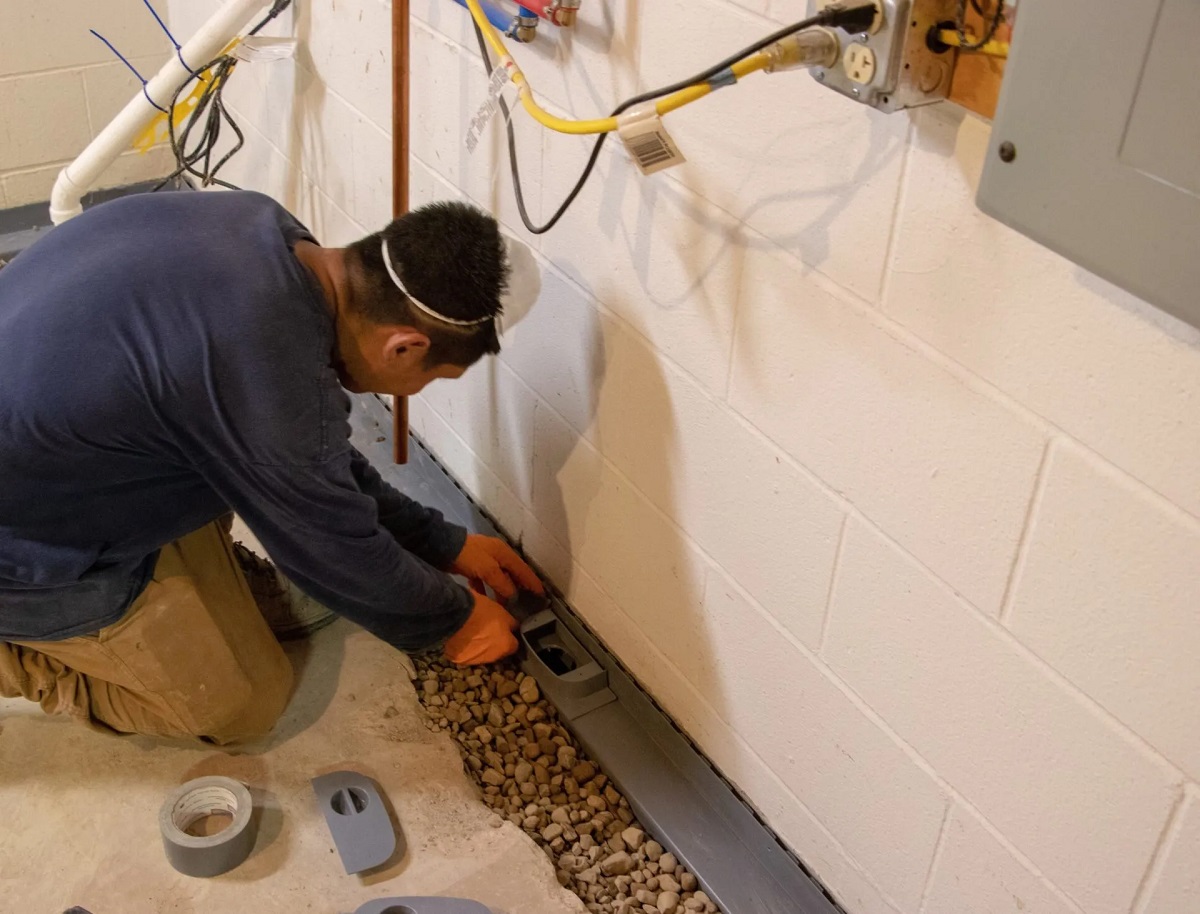
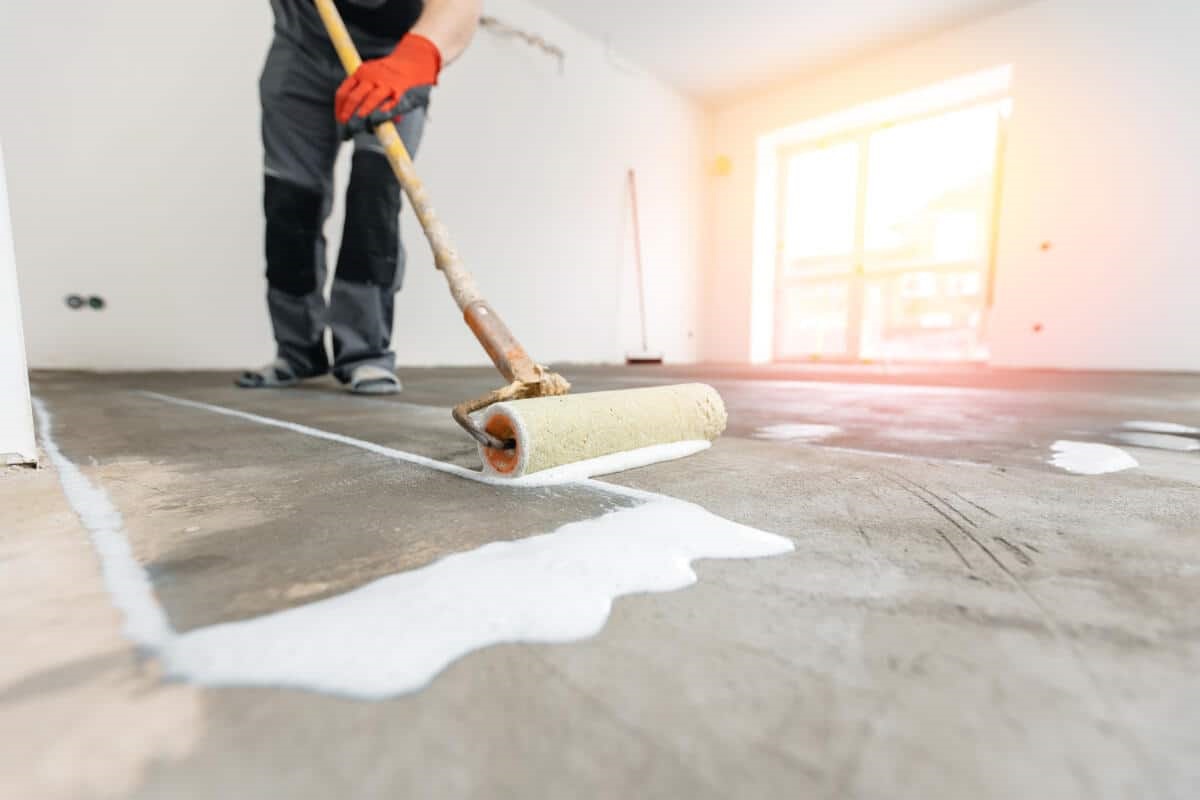
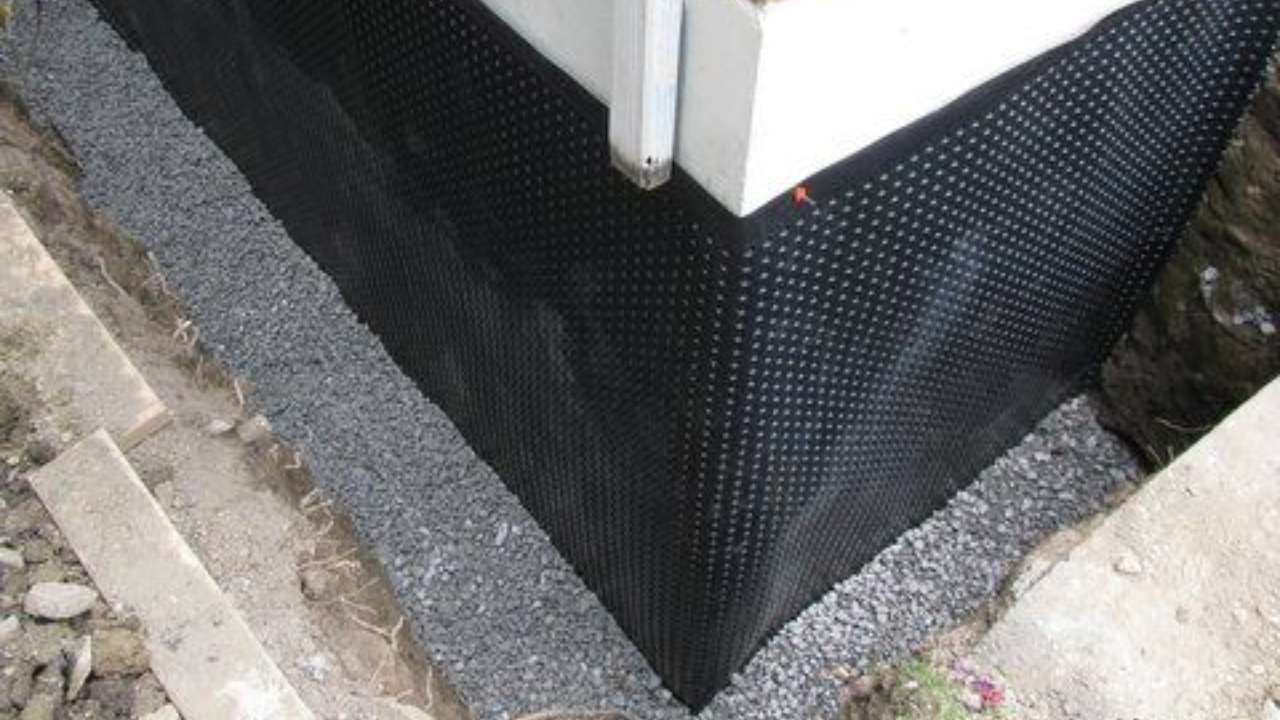
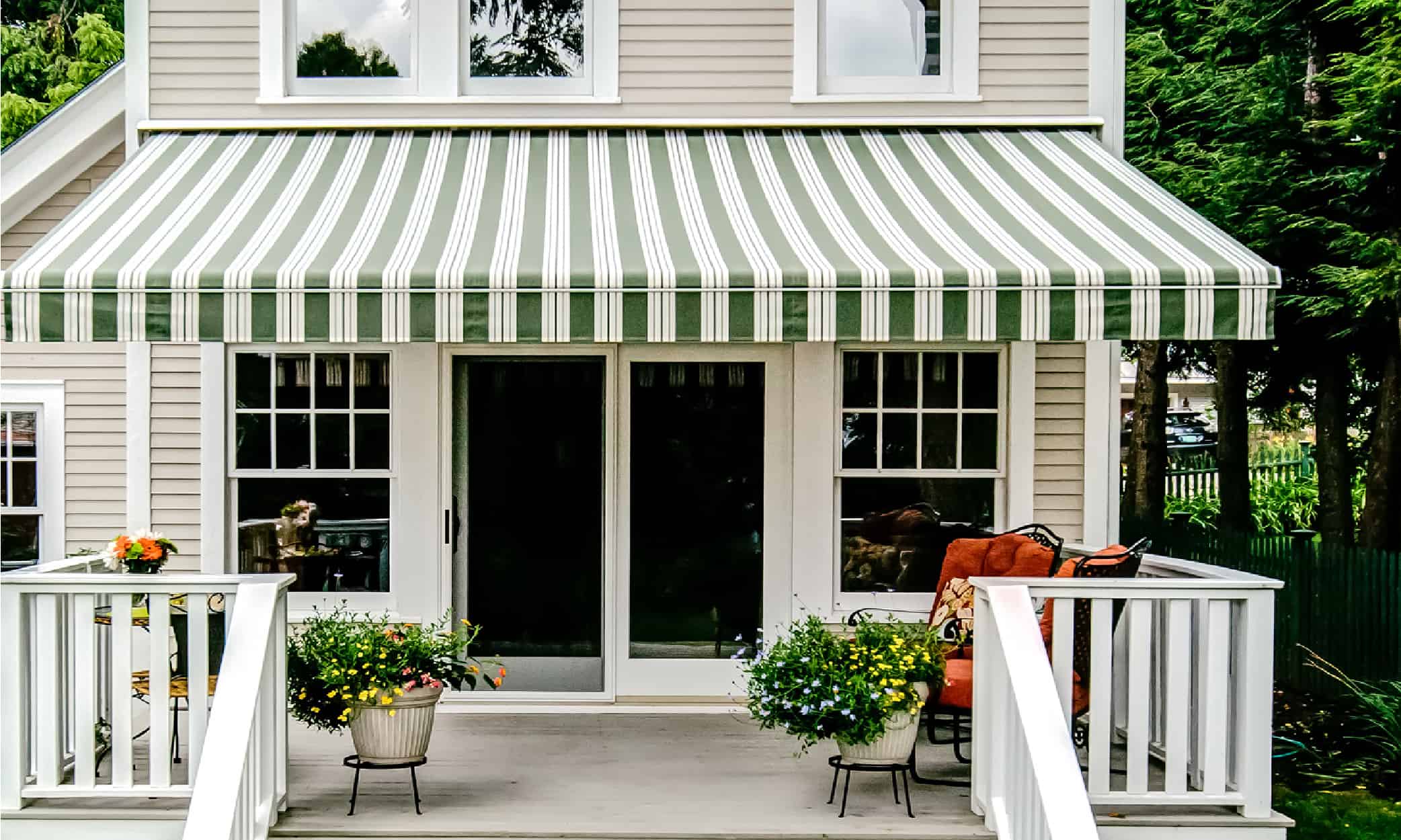
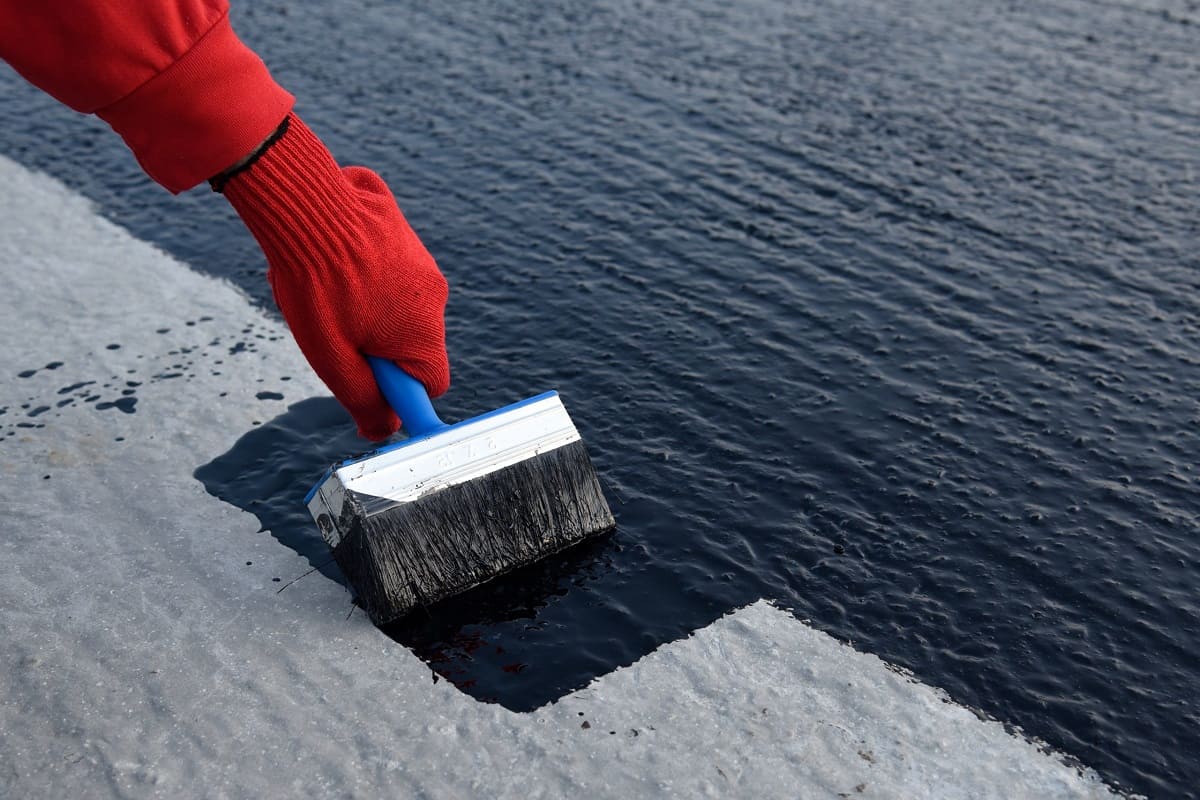
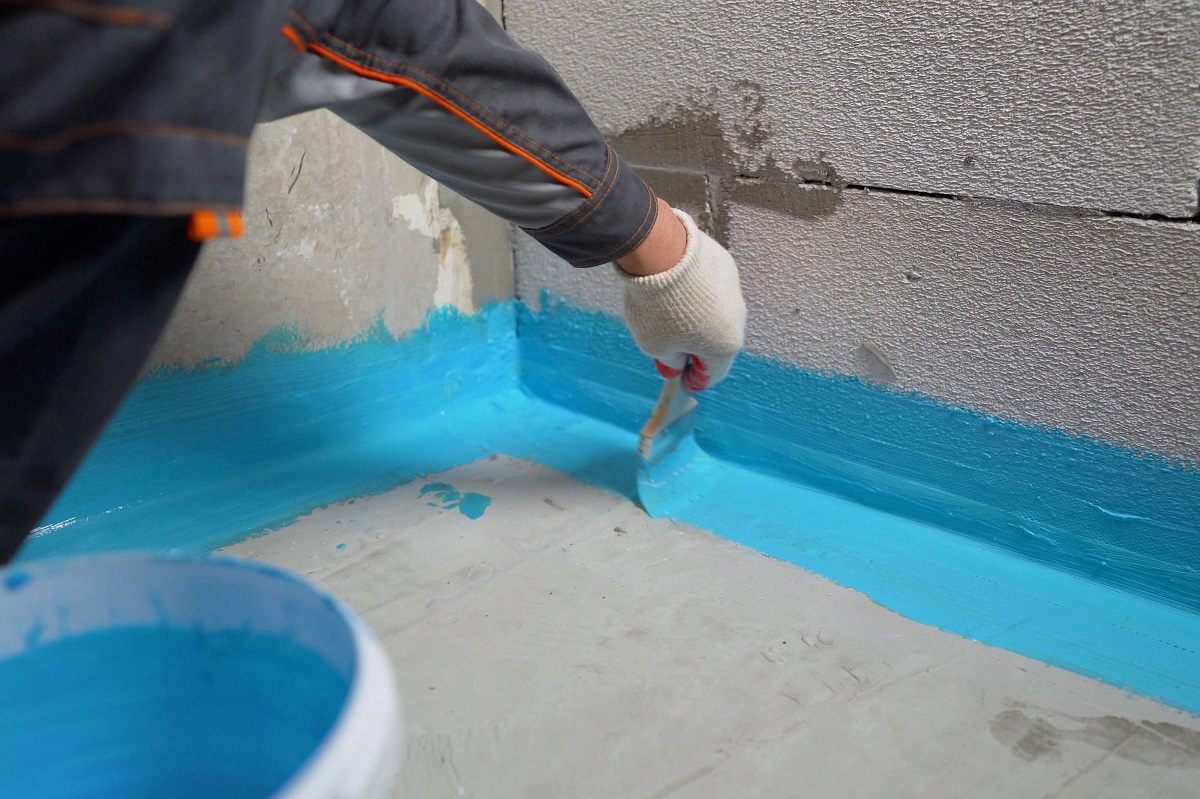
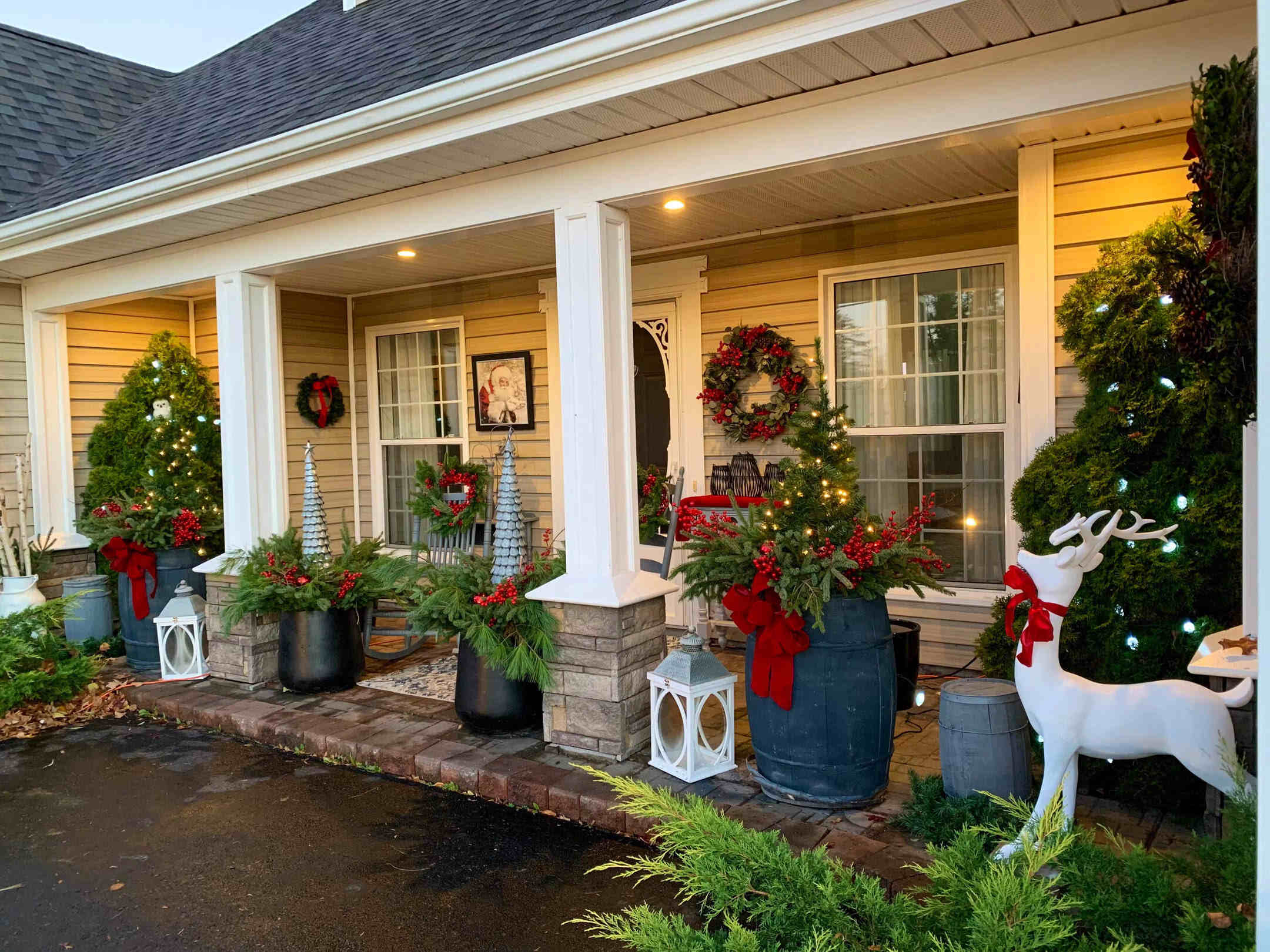
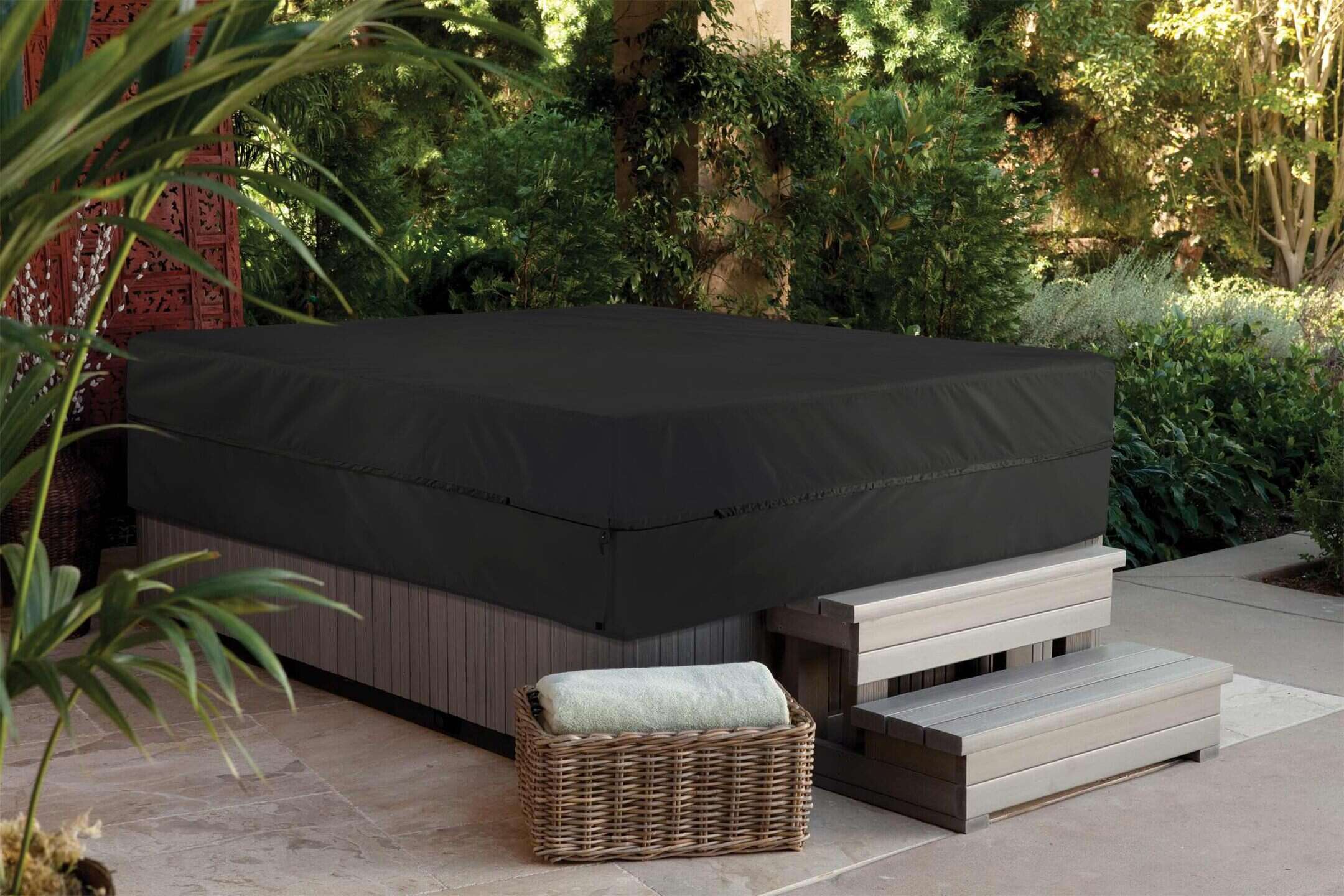
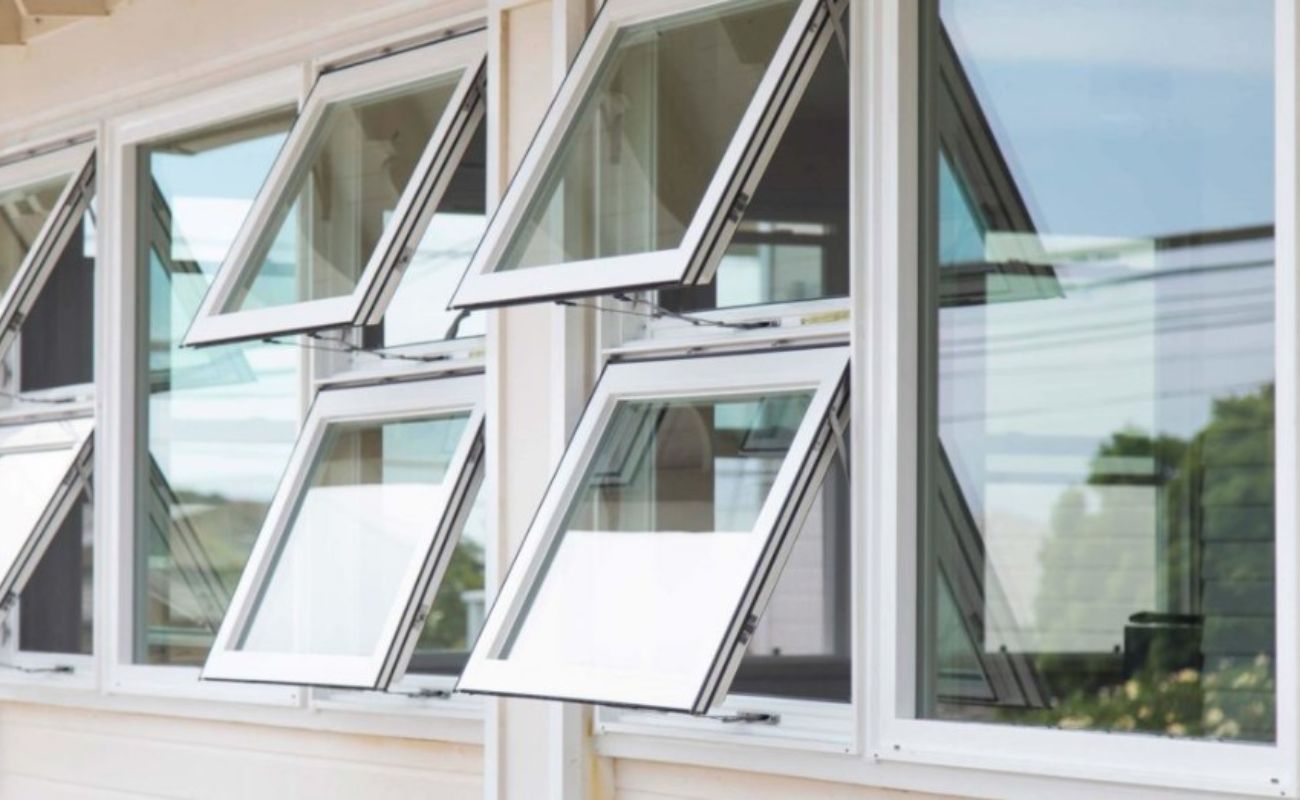

0 thoughts on “How Often To Waterproof An Awning”